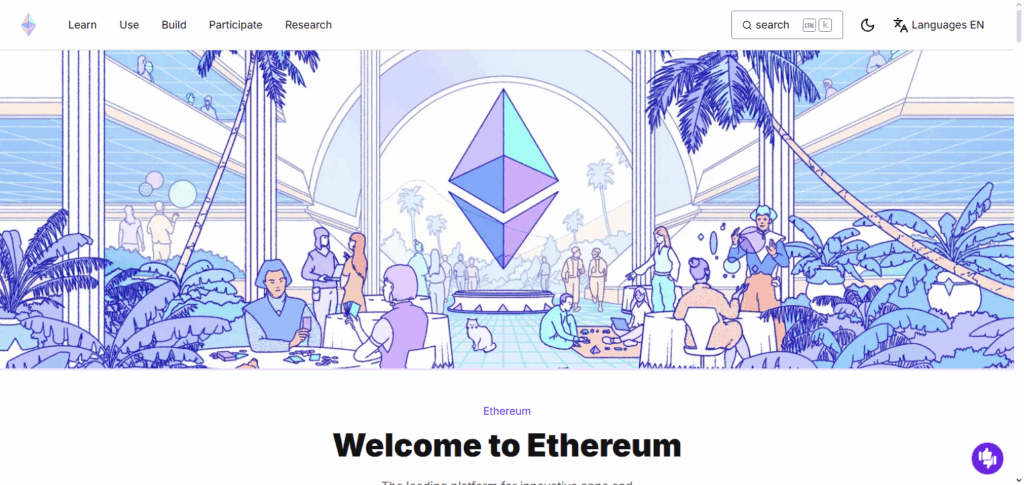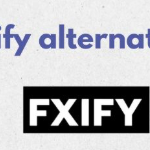I will discuss the Understanding Cross-Chain Token Standards Interactions that facilitate seamless communication with and among blockchains in this article.
They improve liquidity, decrease the friction of transactions, eliminate barriers, and enhance the efficiency of decentralized applications.
Understanding the merits and challenges of these evolving standards will shed light on the importance of cross-chain token standards to the Web3 ecosystem.
What Are Cross-Chain Token Standards?
Cross-chain token standards set rules for the creation, management, and transfer of tokens over various blockchains. Unlike tokens bound to a single blockchain, cross-chain tokens are able to retain their value and purpose when traversing different chains, facilitating ease of use and interoperability.

These standards help different dApps, wallets, and bridges work with different tokens by providing a foundational protocol for each token. Prominent tokens such as ERC-20 on Ethereum and BEP-20 on the Binance Smart Chain have been customized for cross-chain use. By embracing these standards, developers are able to issue tokens with increased acceptability across ecosystems, improving liquidity, efficiency, and user experience in a multi-chain blockchain context.
Why Cross-Chain Token Standards Matter
Like many other aspects of blockchain, cross chain token standards are important to development and seamless flow of processes. Here are some of the reasons why: ‘
Greater Interoperability: Standards help in the fluid movement of tokens from one blockchain to another. This helps users to interact with multiple blockchains without facing any limitations.
Enhanced Liquidity: Standards allow tokens to flow freely across blockchains. This enhances liquidity in the markets which is beneficial for traders and DeFi markets.
Growth of DeFi: Cross chain token standards allows DeFi applications to access multi chain assets, which increases opportunities for lending, borrowing and yield farming.
Less Friction in Transactions: Standard tokens make it easier to transfer and exchange tokens which helps in saving transaction costs and delays.
Freedom for Developers: Developers gain the advantage of building cross chain dApps without the hassle of creating multiple tokens for individual chains.
How Cross-Chain Tokens Work
Bridges: Specialized protocols known as bridges lock the tokens on the originating blockchain and issue “claim tokens” on the target chain, maintaining the value balance.
Wrapped Tokens: They are tokenized versions of the original token on a different chain, as for instance, Wrapped Bitcoin on Ethereum, which retain their equivalence and can be utilized across several chains.
Smart Contracts: Automated contracts which lock, mint and redeem tokens across chains provide borderless trustless transactions which are safe and secure.
Token Standards Compliance: Compliance with the ERC-20 or BEP-20 standard ensures that cross-chain tokens can still be used on compatible wallets, exchanges, and dApps.
Security Mechanisms: Cross-chain security entails measures like multi-signature approvals, validators, and audits which safeguard on hacking, double-spending and other risks.
Top 5 Cross-Chain Token Standards
1.Chainlink
Chainlink’s CCIP (Cross-Chain Interoperability Protocol) is instrumental in cross-chain token standards as it enables secure interconnectivity between multiple blockchains. Rather than offering traditional bridges, Chainlink concentrates on more efficient messaging systems, focusing on standardized token relocation.

The unique strength Chainlink possesses is in the decentralized oracle infrastructure built on this unique framework, minimizing the myriad of security risks posed while ensuring full illumination. The pinpointed oracle CCIP is the basis for developing universal cross-chain token standards which are vital for multi-chain ecosystems.
2.Ethereum
The cross-chain token standards all revolve around Ethereum because the ERC-20 framework was the first of its kind to enable different digital assets to interact with each other. Although it was meant to be used within the Ethereum network, it versatility has allowed it to be the model for cross-chain functionality.

Numerous blockchains implement or copy the ERC-20 rules which enables seamless token transfer and recognition across different ecosystems. Its unique feature resides in being the universal reference model which guarantees practicality, recognition, and greater implementation of the standards set to develop cross-chain token standards around the world.
3.Binance Smart Chain
Binance Smart Chain (BSC) integrates the widely used ERC-20 model with added flexibility for cross-chain interactions through its BEP-20 token framework. What includes BSC as different is its direct and built in pairing with Binance Chain which allows for easy and direct transfer of assets between the two chains without the need for complicated bridging.

This two chain system adds the maximum dual benefit for users and developers and the ecosystem which the chains function in. Tokens can be used on different chains while providing lower fees and faster speeds which enhances BSC’s effectiveness in cross-chain token standards.
4.Polkadot
With the help of its innovative parachain architecture, Polkadot defines cross-chain token standards through independent blockchains that can connect and share assets with ease. Unlike most networks that lean on wrapped tokens, Polkadot offers native interoperability through parachain communications across its Relay Chain.

Its distinguishing feature is the XCM (Cross-Consensus Messaging) metrics, which is a standard methodology of token and data transfer on cross chains, preserving the chain’s security and efficiency. This positions Polkadot as the base cross-chain token standards ecosystem.
5.Cosmos
Cosmos expands the cross-chain token standards via the proprietary Inter-Blockchain Communication (IBC) protocol, which facilitates trustless and secure token transfers across different blockchains without the need for centralized bridging. Unlike others, Cosmos focuses on sovereign chains that are autonomous yet mutually interlinked within a common architecture.

Its differentiator is the trust-minimized interoperability, where tokens cross networks with complete security and full guarantees. This affords Cosmos a foremost position in developing cross-chain token standards on the metrics of scalability and decentralization with a focus on streamlined engagement across disparate blockchain networks.
Benefits of Cross-Chain Token Standards
Unrestricted Movement: Tokens can be transferred swiftly and without obstruction on different blockchains, increasing the versatility of crypto assets.
Increased Liquidity: Cross-chain standards amplify trading possibilities, thus increasing liquidity on various exchanges and DeFi platforms.
Wider dApp Ecosystem: Developers can create decentralized applications that work with different chains and broaden the use cases of those chains.
Greater Value: Reduces the abundance of the same token on various blockchains, and in turn, development and transaction costs.
Improved Scalability: Aids in the functioning of multi-chain ecosystems where transactions are spread across different chains, thus optimizing network efficiency.
Enhanced User Experience: Using 1 token standard, users can access multiple blockchains with relative ease.
Challenges and Limitations
Security Concerns
Cross-chain tokens are lost due to exploits focused on cross-chain bridges and protocols.
Siloed Development
The high level of complexity due to diverse technological layers adds to the cost and difficulty of development and of maintenanace.
Non Standardization
The various rules and guidelines generated by differing block chains makes universal token compatibility virtually impossible.
Lack of Growth
Cross-chain tokens suffer high expenses and delays as transaction volumes increase.
Barrier to Adoption
The degree of difficulty ‘bridging tokens’ discourages new adopters.
Legal Issues
The ambiguity surrounding the tokens does create a level of liability suffering tokens of the cross chain.
Future of Cross-Chain Token Standards
Developing cross-chain token standards in the future entails the development of universal models that guarantee blockchain interoperability that is secure, scalable, and seamless. These standards will minimally rely on risk bridges and embrace trustless protocols and decentralized verification methods as the multi-chain ecosystem expands.
Innovations such as Polkadot’s XCM, Cosmos’s IBC, and Chainlink’s CCIP will redefine standards on cross-chain token interoperability. The next generation will favor security, efficiency, and ease of adoption as they seek to deepen the overarching integration of DeFi, NFTs, and Web3 applications on blockchain.
Conclusion
Cross-chain token standards are instrumental in promoting seamless asset transfer across a range of disparate blockchain networks. By applying standards to token behavior, cryptocurrencies improve DeFi and dApps, improve liquidity, and eliminate inefficiencies stemming from blockchain silos.
Although there are challenges like interoperability issues, a lack of regulatory clarity, and security risks, progress in interoperability solutions are paving the road to a future of seamless collaboration across multiple blockchains. Adopting cross-chain token standards are essential to unlock Web3’s full potential.
FAQ
Why are cross-chain token standards important?
They enable interoperability, boost liquidity, and allow tokens to work across different blockchains, powering DeFi, NFTs, and Web3 applications.
Which are the most common cross-chain token standards?
ERC-20 (Ethereum), BEP-20 (Binance Smart Chain), Polkadot’s XCM, Cosmos’s IBC, and Chainlink’s CCIP are widely adopted.
How do cross-chain tokens maintain security?
They use smart contracts, decentralized oracles, validators, and trustless protocols to lock, mint, and transfer assets securely across chains.







